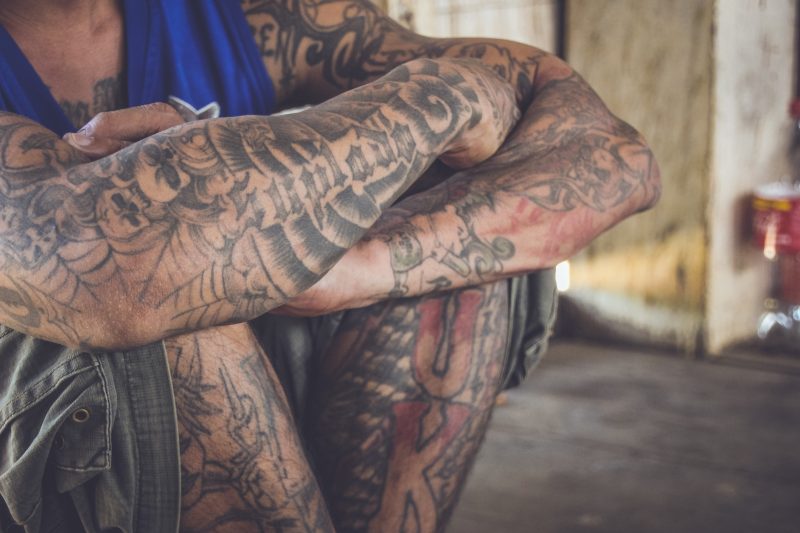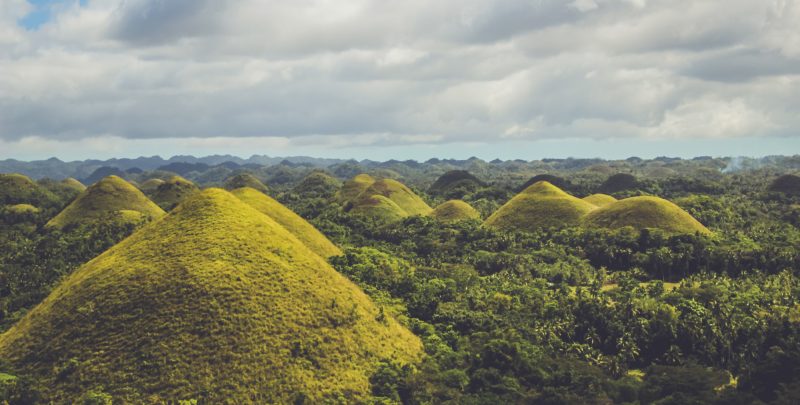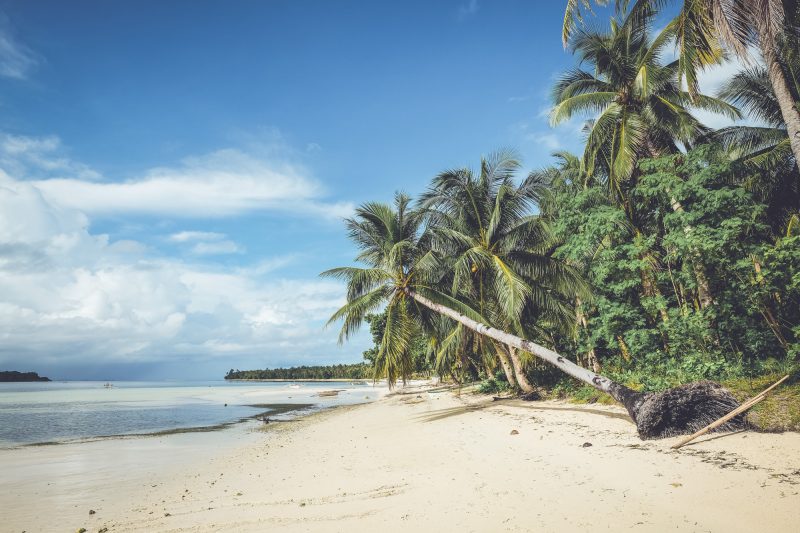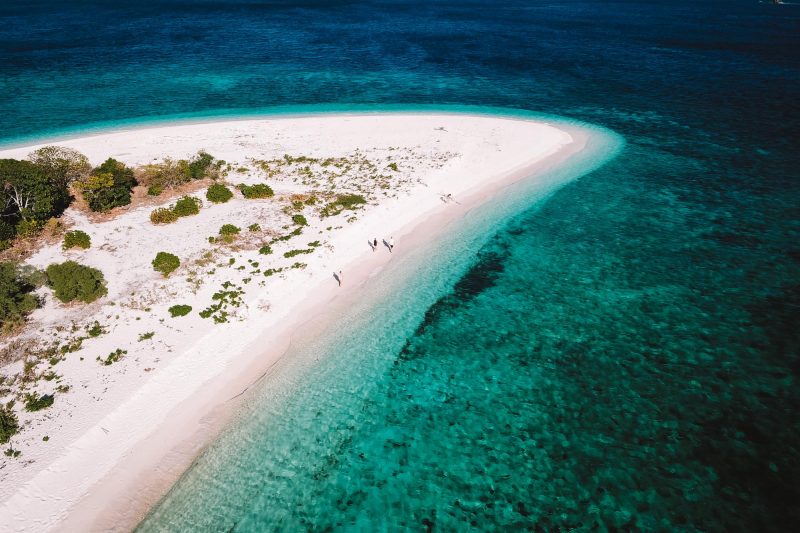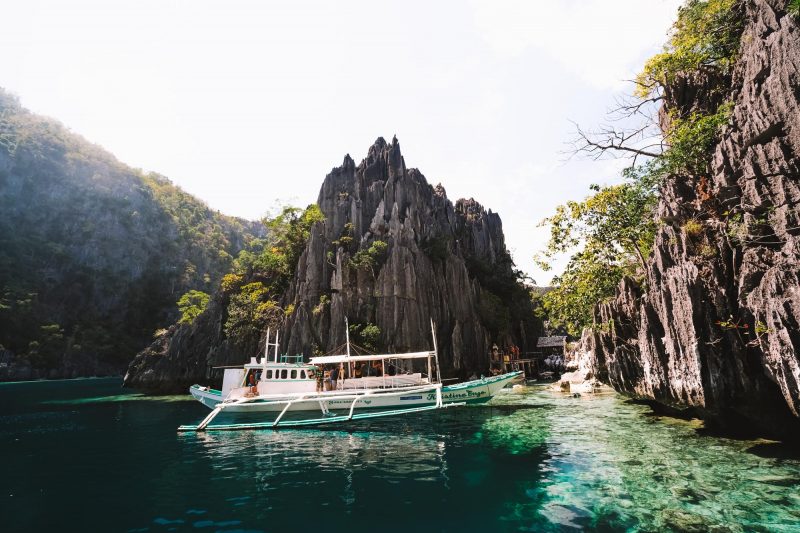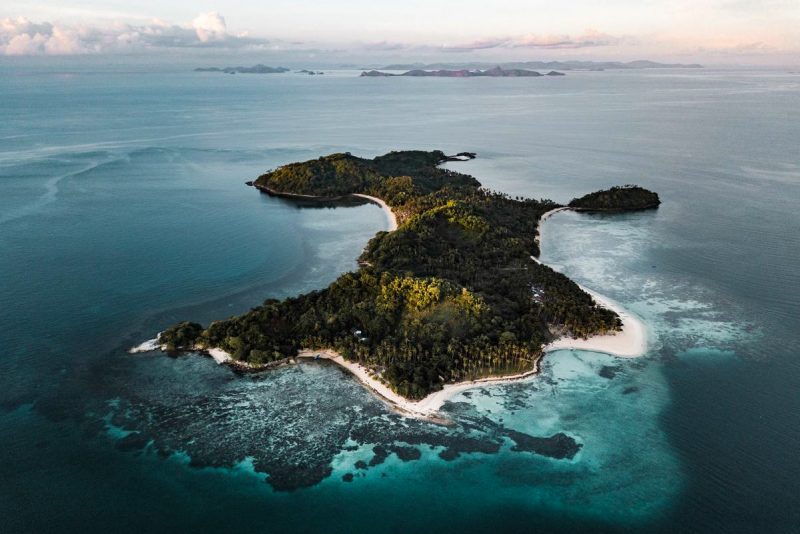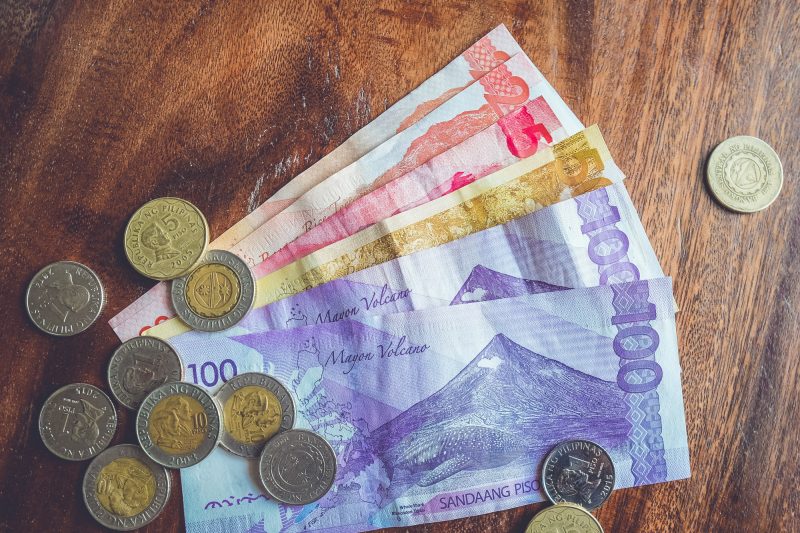Batad is renowned as one of the most beautiful spots in the Philippines. The expansive rice terraces and the authentic way of life are reasons why you should definitely include it in your travel itinerary through the Philippines. We are captivated by this unique piece of earth because nowhere else in Southeast Asia will you find rice terraces like these. The small village remains very authentic, and visiting here feels like stepping back in time. There’s hardly any internet, often no electricity, and only a few guesthouses instead of hotels. Getting to Batad takes some effort, but believe us, that effort is 100% worth it. It’s wise to do thorough research before visiting Batad, or else you might encounter some surprises. During our visit to Batad, we gathered all the information and tips, which we’ve compiled for you below.


About Batad
The rice terraces of Batad were built over 2000 years ago, and Batad sits 1500 meters (4921 feet) above sea level. The stones used to build the walls of the rice terraces were carried up from the river, quite a laborious task. These rice terraces are unique because they are built on extremely steep mountains with a unique irrigation system. Batad is therefore classified as a UNESCO World Heritage Site. The oldest residents still wear traditional clothing and live according to many ancient traditions.
Like many other Filipinos, a lot of people in Batad are very poor. Therefore, many young people leave for the cities, where they have more job opportunities. This led to about 30% of the rice terraces not being used years ago. With government support, all rice terraces are now in use again, but they now harvest only once a year instead of twice a year.
One of the unique things about Batad is that there are no roads, and therefore no traffic. Fifteen years ago, you had to walk from Banaue, but now there is a road close to Batad, and it’s only a 20-minute walk.

Visiting Batad
Many travelers visit Banaue without knowing that Batad is much more beautiful and less touristy. They visit Batad as a day tour, which is a shame. We recommend spending one night there to experience life in Batad fully. You probably only visit Batad once in your life, so you might as well make the most of it. Don’t forget to wear good shoes and bring a poncho. It often rains in Batad, making the paths between the rice terraces slippery and muddy. The paths are narrow with a drop of a few meters (feet).

Take a Local Guide in Batad
When you arrive in Banaue, there are dozens of guides asking if they can be your guide. But what no one knows is that the guides in Batad are anything but happy about this. This is because the guides from Banaue are essentially ‘stealing’ their clients this way. Batad has less tourism and therefore the guides in Batad could use your help better. So, it’s better to support the local people of Batad and only take a guide when you are in Batad itself. It’s often also much cheaper.
Batad Viewpoints
Your guide will probably tell you about viewpoint 1, 2, and 3, but there are a few more beautiful viewpoints in Batad. Our favorite is just below the Transient guesthouse, and the path on the right side will take you to a cottage where you have an amazing view of the rice terraces. You can also take a break at Transient Guesthouse, have a drink, and grab some food.
Viewpoint 1: This viewpoint is at the highest point of the village that you pass through when walking to Batad. Not our favorite viewpoint because you also have a view of the ugly roofs of the houses just below.
Viewpoint 2: This is the most famous viewpoint, and every guide will take you here. It’s a beautiful viewpoint, and it’s a fairly easy path to get here. You don’t necessarily need a guide for this if you don’t want to. Walk a little further up past the shop for an even higher view, and if you turn the corner, you’ll also have a view of the nearby village. There’s a sign here indicating a path to that village. This is a trek of 3 hours there and 3 hours (or longer) back. The cliffs on this route are very deep, and if you fall, it can be fatal. So always do the trek to the village with a guide or don’t attempt it at all.

Viewpoint 3: Here you’ll find the most beautiful view in all of Batad. You have an incredible view of the village and the rice terraces. It’s a 2-hour trek to get there, and you definitely need a guide here. First, you walk to the river below where you can swim and cool off. Then you cross the bridge, and from there, you walk steeply uphill.

Tappiya Waterfall
The Tappiya waterfall is also a must-see in Batad. It’s a tall waterfall, around 20 feet, surrounded by lush green jungle. It’s a one-hour hike to get there. One thing you should definitely keep in mind is that there’s a strong current beneath the waterfall. Apparently, there’s a huge hole underneath the waterfall that’s just as deep as the waterfall is high. So, don’t get too close to the waterfall, or you could be pulled into that hole. If you go with a guide, they will tell you this, but if you decide to go alone, make sure you don’t forget this. The waterfall is best combined with a visit to viewpoint 2. They’re fairly close to each other, and you don’t necessarily need a guide for either.


How to Get to Batad?
Most likely, you’ll be traveling from Manila to Batad. The most common way to travel here is by taking the night bus to Banaue. It’s wise to book this in advance as the buses are often fully booked. You can book your tickets through this website. Don’t expect a sleeper bus with beds; this is just a regular tour bus. A one-way ticket costs you 490 pesos / $9, and the bus departs every day at 10 o’clock in the evening. During peak season, there are also buses departing at other times between 9 and 10 in the evening. The bus journey takes about 9 hours, and you’ll make 2 stops along the way. Don’t forget to bring a sweater, long pants, and socks for the bus; it’s very normal for the air conditioning to be set to -10.
If you haven’t booked a tour to go to Batad, you’ll need to arrange your own transportation from Banaue. There are several options for this. You can take a tricycle, which will cost you 350 pesos for a one-way trip. If you’re traveling with multiple people or if you’ve met others who are also going to Batad, it’s cheaper to hire a private jeepney. This costs around 1500 pesos / $27, and it can accommodate about 10 people. It’s more comfortable than the tricycle, but if you’re traveling alone or with just 2 people, the tricycle is a better financial option. There’s also a jeepney departing from Banaue at 3 o’clock in the afternoon, and that will cost you 150 pesos / $3. Make sure to sit on the right side; then you’ll be on the right side to see the beautiful rice terraces. If you’re feeling adventurous, you should definitely sit on the roof. This is an experience you’ll never forget, and the views are amazing! The last stretch to Batad has no road, so you’ll have to walk. It’s 20 minutes downhill and about 30 minutes uphill on the way back.

Tip: Don’t believe everything they tell you in Banaue. You can stick to the prices mentioned above, and you definitely don’t need to arrange transportation back to Banaue. They might try to scare you into thinking there’s no jeepney back, and that you really need to take their jeepney back for 1500 pesos. Below, you’ll find out how to return cheaply.
Returning from Batad to Manila
At 9 o’clock in the morning, there’s a jeepney heading towards Banaue from Batad, and this costs 150 pesos per person. You might have to wait until the jeepney fills up completely. At 3 o’clock in the afternoon, there’s another jeepney for 150 pesos per person unless there are fewer than 10 people. Then you’ll pay 1500 pesos divided by the number of people.

How Long Do You Need for a Visit to Batad?
Batad is incredibly beautiful, but there are only a few things you can do there. Therefore, it’s not necessary to stay for a long time. One night is truly enough to see and do everything. To make your visit to Batad nice and organized, here’s a suggested itinerary.
Day 1
07:00 AM – Arrival in Banaue
08:00 AM – Breakfast in Banaue
09:00 AM – Take a jeepney or tricycle to where the road ends
10:00 AM – Hike to Batad and take a rest in your guesthouse
12:00 PM – Lunch
01:00 PM – Hike to Tappiya Waterfall and viewpoint 2.
06:00 PM – Dinner
Day 2
07:00 AM – Breakfast
08:00 AM – Hike to viewpoint 3
01:00 PM – Lunch
02:00 PM – Hike back to the end of the road
03:00 PM – Take the jeepney back to Banaue
04:30 PM – Dinner in Banaue
07:00 PM – Bus departure to Manila

Where to Stay in Batad?
There are several hostels and guesthouses in Batad. You may find few of them online, but you’ll always find a place to stay in Batad without booking in advance. Transient Guesthouse has the most beautiful view and a good restaurant. The family is incredibly kind, and you have hot water in the shower, provided there’s electricity. All guesthouses in Batad are very basic, so don’t have high expectations for your room, toilet, or shower. Transient is one of the few guesthouses you can book online, so if you want to stay there, it’s wise to book early.
More Handy Tips for Batad
- The hike to Batad can be quite challenging. It can be slippery, and the return is quite steep uphill. Therefore, make sure to bring only the essentials with you to Batad. You can store your other belongings at Halfway Guesthouse in Banaue for 50 pesos / $0.60.
- When traveling from Banaue to Batad, make sure to negotiate with the driver to take you all the way to the end of the road and not stop earlier at Saddle point. This will save you a half-hour walk.
- If you like walking with walking sticks, you can buy them for 10 pesos at the beginning of the hike to Batad.
- There is no internet in Batad, and you’ll likely not have phone signal either.
- Drinks are a bit more expensive in Batad than in the rest of the Philippines. This is because the local people have to carry them all the way to the village. Otherwise, everything in Batad is incredibly cheap.
- You’ll likely have to pay to charge your electronics.
- There’s often no electricity in Batad, so make sure to charge all your devices beforehand.
- The food is very simple, so don’t expect too much from it.

Best Time to Visit Batad
The best time to visit Batad is in March, April, and May because that’s when the rice terraces are the greenest. It’s simply the most beautiful during this time. Other months are still beautiful, but you can expect slightly browner terraces. From July to September is the rainy season, so it’s better to avoid going then.




